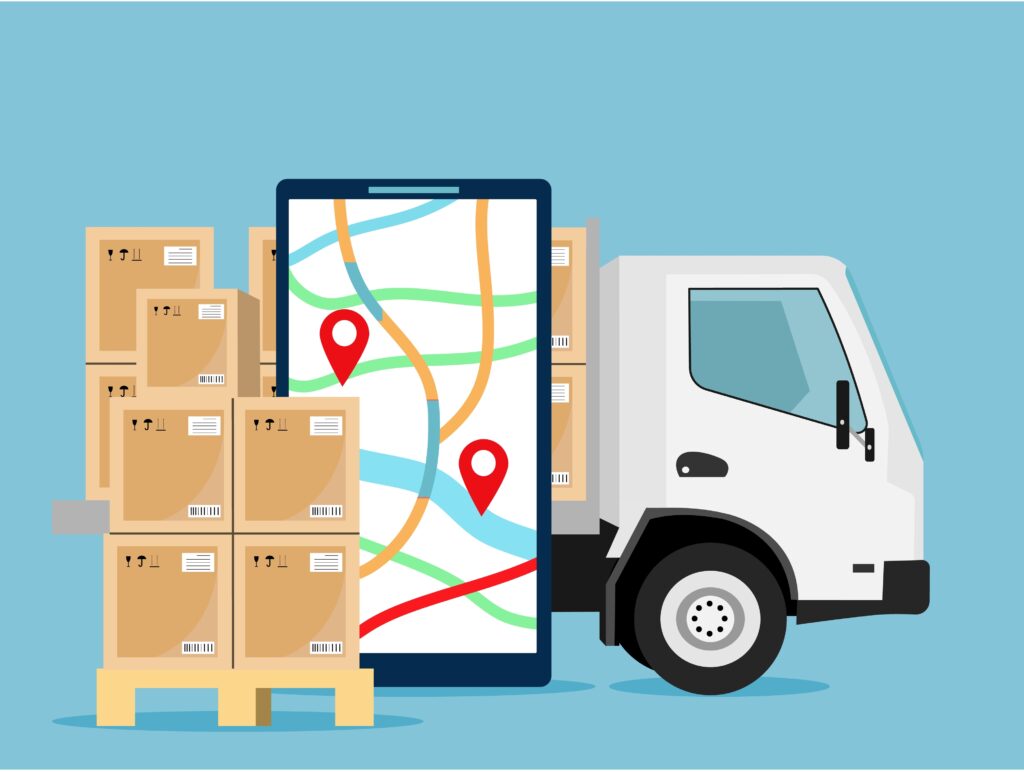LogiCommerce is trusted by global enterprise brands and wholesalers, across industries
eCommerce has evolved significantly in recent years, thanks to personalization. Consumers expect online stores to offer a personalized and relevant shopping experience that is tailored to their needs and preferences. In this article, we will look at the top five trends in eCommerce personalization.
Contents
Location-based personalization is a technique increasingly used in eCommerce. It uses geolocation technology to tailor the user's shopping experience based on their geographic location.
Location-based personalization can be used in a number of ways. For example, an online store can display products related to the current season where the user is located. If it is summer, the website can offer beach products such as umbrellas, towels and bathing suits. If it is winter, winter products such as coats, boots and scarves can be offered.
In addition, you can also tailor the shopping experience based on the language spoken in that location. If a user is browsing from a Spanish-speaking country, for example, the eCommerce can be automatically configured to display content in Spanish, which can improve the shopping experience for that user.
Location-based personalization can also be useful for stores with physical locations. By using geolocation, they can show users where the closest store to them is located. This can help drive traffic to the physical store and increase the chances of conversion.
In summary, location-based personalization is an effective technique that allows eCommerce companies to tailor the shopping experience according to the consumer's location. By doing so, they can offer a more relevant and personalized shopping experience, which can potentially increase conversion and customer loyalty.

Real-time personalization uses machine learning algorithms and artificial intelligence technology to personalize the user experience in real time based on how they navigate the website.
Companies use real-time data to tailor the consumer shopping experience. For example, if a customer is looking for sportswear, the store can show them products that are related to that particular theme. It can also offer recommendations for other products, or discounts on additional products that may be of interest to the consumer.
Real-time personalization can also be used to promote special offers. Companies can show consumers exclusive offers in real time based on their preferences and past shopping behavior. For example, if a customer has purchased one set of clothing, the store can offer a discount on another set of clothing in the same style.
In addition to enabling a personalized shopping experience for customers, real-time personalization can also help companies reach new customers. By using real-time data, companies can identify users who browse their site, but have not yet purchased anything. The company can then tailor its real-time shopping experience to engage those users, offering them recommendations and personalized content to lead them to a potential purchase.
Real-time personalization is an increasingly popular and effective technique in eCommerce. It allows companies to offer a unique and personalized shopping experience for each customer, which in turn can lead to increased customer loyalty and retention.
Preference-based personalization is one of the most widely used forms of eCommerce personalization. This technique uses data collected about user activity and preferences to deliver a personalized shopping experience.
Companies use information about purchase history, website navigation, searches and social media interactions to build a detailed user profile. Using this data, the platform can offer personalized product recommendations, discounts and offers unique to that user.
Preference-based personalization can also be used to deliver customized content. For example, if a user often searches for travel-related products, the eCommerce can display relevant articles about destinations and places of interest. The store can also send personalized emails containing specific offers and products based on the user's purchase history.
This personalization technique can also be applied to future purchases. If a user has previously purchased products from a specific brand, the store can send suggestions for similar products from the same brand.
In summary, preference-based personalization is an effective technique that uses user information to deliver a personalized and relevant shopping experience. By doing so, companies can increase the likelihood of customer purchase and loyalty. In addition, it can improve the overall user experience, as they receive personalized recommendations, offers and content that are relevant to them.

Gamification is an emerging trend in eCommerce that uses gamification techniques and rewards to engage and motivate customers.
In terms of personalization, companies can use gamification to customize the shopping experience for each customer. For example, a fashion retailer can offer fashion styling challenges on the platform to engage customers. The store can ask the user to choose their preferred style and, based on that choice, offer product suggestions designed specifically for them.
In addition, companies can use gamification to motivate users to share user-generated content (UGC) or provide product reviews and opinions. It can also be effective in motivating customers to return to the store. By offering rewards and discounts, users are encouraged to return and buy more. It can also motivate users to complete quests and challenges for exclusive rewards.
In short, gamification can foster customer loyalty, increase engagement, and motivate users to buy more products.
Personalization through user-generated content (UGC) is another emerging trend in eCommerce. Companies are using this type of content to personalize the shopping experience and drive customer loyalty.
User-generated content is any type of content that consumers create and share with a brand. For example, it can be product reviews, photos and videos of customers using the products, comments and questions on the platform, among others. Companies use this content to personalize the user's shopping experience by showing them content that is relevant to them.
For example, an eCommerce platform can display reviews from satisfied customers who have purchased a product similar to the one being searched for. In addition, companies also use UGC to personalize marketing emails and product promotions. For example, they can send emails with personalized recommendations based on purchase history and products that the customer has shown interest in.
This personalization technique has several benefits, including boosting customer loyalty. Consumers feel more engaged with a brand that uses and shares their content. In addition, user-generated content is more authentic and trustworthy than brand-generated content, which can improve the customer experience by increasing trust.
In summary, personalization through user-generated content is an effective technique that allows eCommerce companies to adapt to the needs and preferences of consumers. UGC can be used to personalize the user's shopping experience, showing them content that is relevant to them and encouraging customer engagement and loyalty.
